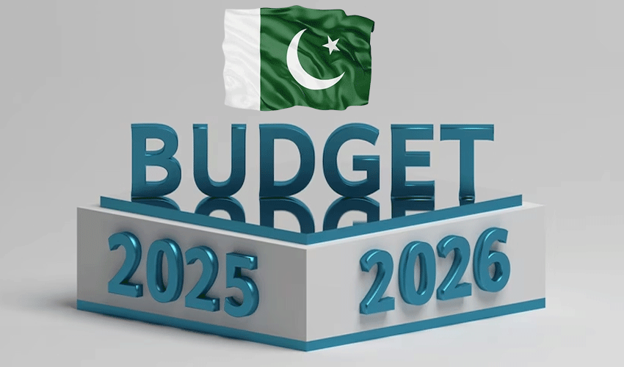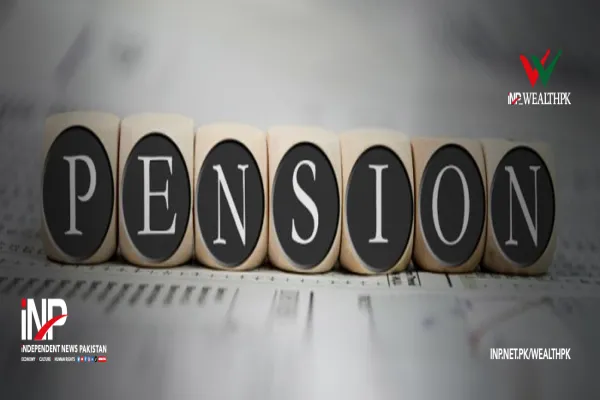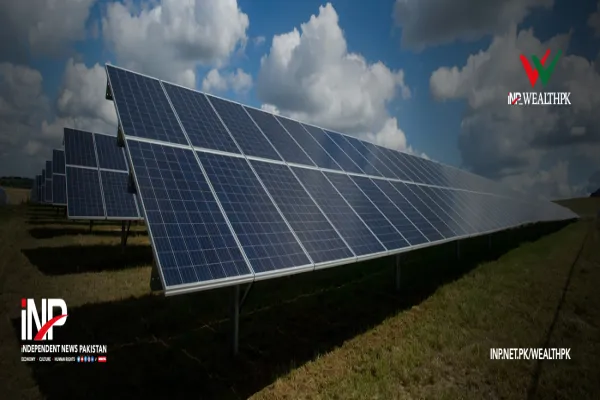i INP-WEALTHPK
Moaaz Manzoor
With the approval of the federal budget for fiscal year 2025-26 from the lower house of the Parliament, the government is treading a delicate path between maintaining macroeconomic discipline and managing deep-seated structural inefficiencies, according to experts who spoke to WealthPK.

Though recent indicators suggested a modest recovery — such as a 2.68% GDP growth, single-digit inflation, and a current account surplus of $1.9 billion — the overall trajectory remained uneven and fragile. The budget, set at Rs17.57 trillion, aims to consolidate earlier gains while grappling with limited fiscal space.
With Rs8.21 trillion earmarked solely for interest payments and Rs2.55 trillion for defence, fiscal constraints have been further aggravated by the federal government’s diminishing share after provincial transfers under the 7th NFC Award. Experts, however, said that while the budget appeared to stabilise the fiscal deficit, it fell short of presenting a credible blueprint to revive investment and exports — two critical levers for long-term economic resilience.
Speaking to WealthPK, Muhammad Armughan, senior researcher at Federation of Pakistan Chambers of Commerce & Industry (FPCCI), noted that the Federal Budget 2025-26 projected gross revenue receipts of Rs19.27 trillion against total expenditures of Rs23.84 trillion, leaving a yawning fiscal deficit of Rs4.57 trillion. He cautioned that there was no clear mechanism in place to bridge this gap without intensifying reliance on extractive taxes or borrowing.
“Alarmingly, the budget lacks any innovative strategy to generate non-tax public revenue, an area that remains grossly untapped,” he added. Armughan pointed to the monetisation of underutilised state assets, commonly referred to as “dead capital,” as a missed opportunity. “These assets, if converted into public-facing commercial utilities such as parking plazas, job-seeker hostels, or retail units, could relieve urban congestion and generate steady income streams.”
This would reduce urban housing pressures and lower migration costs for the youth while also encouraging job creation and strengthening fiscal capacity, he said. He further criticised the regressive nature of the current tax policy, especially its adverse impact on the business sector. “While it claims to offer relief to the salaried class, it disproportionately burdens the productive sector,” he said, referencing new withholding taxes, carbon levies, and taxation of green technologies like solar energy.
In his view, such measures could stifle industrial growth and undermine the country’s climate goals. Echoing this cautious optimism, Farid Aliani, a Riyadh-based emerging markets macroeconomic analyst and investment strategist, acknowledged that “the FY26 budget is a credible step toward responsible growth,” aiming for over 4% GDP expansion while maintaining a primary surplus for the third consecutive year. He pointed to selective tariff reductions, digital tax enforcement, and privatisation as welcome steps toward improved productivity.
However, Aliani warned that “energy sector reforms are still lacking, human capital investment is insufficient, and the informal economy remains largely untapped.” He added that the relative economic calm seen in 2024 was driven by temporary external factors like remittances and lower inflation rather than genuine internal reform. “External inflows, not structural reforms, largely drove gains in inflation and reserves,” he stated, underlining the need for long-term policy coherence.
In conclusion, the FY26 budget appears fiscally sound but lacks the structural depth to inspire confidence in long-term growth. While discipline is visible in numbers, the absence of investment in human capital, failure to tap into informal markets, and neglect of asset monetisation keep Pakistan locked in a cycle of constrained recovery.
Credit: INP-WealthPk









